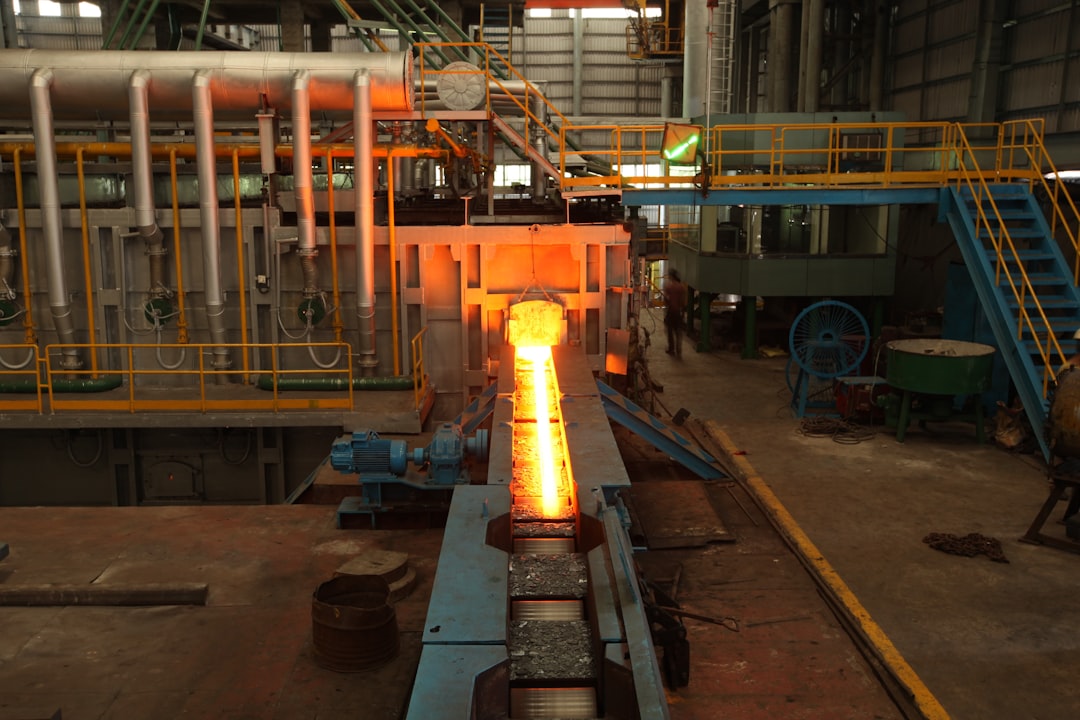body { font-family: sans-serif; line-height: 1.6; }
h1, h2, h3 { color: #333; }
The steel industry is a significant contributor to global greenhouse gas emissions. Accurate and transparent carbon emission reporting is crucial for driving decarbonization efforts and meeting climate targets. This comprehensive guide explores the complexities of reporting carbon emissions within the steel sector, providing a detailed understanding of the process and its implications.
Understanding the Scope of Steel Emissions: Scope 1, 2, and 3
Reporting steel emissions requires a nuanced understanding of the Greenhouse Gas (GHG) Protocol’s three scopes:
- Scope 1: Direct Emissions: These are emissions from sources owned or controlled by the steel company. In the steel industry, this primarily includes emissions from the combustion of fossil fuels in blast furnaces, coke ovens, and other on-site processes. Methane leaks from coke plants also fall under Scope 1.
- Scope 2: Indirect Emissions from Energy Consumption: These emissions arise from the generation of purchased electricity, heat, or steam consumed by the steel plant. The carbon intensity of the electricity grid significantly influences Scope 2 emissions.
- Scope 3: Other Indirect Emissions: This is the most complex category and encompasses all other indirect emissions throughout the steel value chain. This includes emissions from:
- Upstream: Raw material production (iron ore mining, coal mining, limestone quarrying), transportation of raw materials, and the manufacturing of purchased goods and services.
- Downstream: Transportation of steel products, use of steel in end products, and end-of-life management (recycling or disposal).
Accurately quantifying Scope 3 emissions requires robust data collection and analysis across the entire supply chain, often involving collaboration with suppliers and customers.
Reporting Standards and Frameworks: Ensuring Transparency and Comparability
Several reporting frameworks guide the process of measuring and disclosing carbon emissions. The most prominent include:
- Greenhouse Gas Protocol: Provides a widely accepted standard for corporate GHG accounting and reporting, forming the basis for many industry-specific guidelines.
- Carbon Disclosure Project (CDP): A non-profit organization that drives companies to disclose their environmental impacts, including GHG emissions. CDP’s questionnaires provide a structured approach to reporting.
- Sustainability Accounting Standards Board (SASB): Develops industry-specific sustainability standards that address material environmental, social, and governance (ESG) factors. SASB standards for the metals and mining industry provide guidance on relevant emission metrics.
- Science Based Targets initiative (SBTi): Helps companies set science-based targets aligned with the Paris Agreement’s goal of limiting global warming to well below 2°C, preferably to 1.5°C.
Adherence to these standards ensures transparency, comparability, and credibility in emission reporting.
Data Collection and Verification: The Foundation of Accurate Reporting
Accurate carbon emission reporting relies on meticulous data collection. This involves:
- Energy Metering: Precise measurement of energy consumption across different processes within the steel plant.
- Material Tracking: Monitoring the quantity and type of raw materials used, including their carbon footprint.
- Process Emission Factors: Utilizing established emission factors for various processes, but also considering the unique characteristics of the specific steel production method.
- Supply Chain Engagement: Collecting emissions data from suppliers and collaborating on emission reduction initiatives.
- Third-Party Verification: Independent verification of emission data by accredited organizations enhances the credibility and reliability of the report.
Data quality is paramount; inaccurate data undermines the entire reporting process.
Strategies for Reducing Carbon Emissions in Steel Production
The steel industry is actively pursuing various strategies to reduce its carbon footprint. These include:
- Transitioning to Low-Carbon Energy Sources: Switching from coal-based energy to renewable sources like solar, wind, and hydropower for electricity and process heat.
- Hydrogen-Based Steelmaking: Replacing coal-based blast furnaces with hydrogen-based direct reduction processes, significantly reducing CO2 emissions.
- Carbon Capture, Utilization, and Storage (CCUS): Capturing CO2 emissions from steel production and either storing them underground or utilizing them in other industrial processes.
- Improved Energy Efficiency: Optimizing steel production processes to minimize energy consumption and reduce emissions per tonne of steel produced.
- Increased Steel Recycling: Utilizing scrap steel as a raw material reduces the need for virgin iron ore and coal, significantly lowering emissions.
Implementing these strategies requires significant investment and technological innovation.
The Future of Carbon Emission Reporting in the Steel Industry
The demand for transparency and accountability in the steel industry is continuously increasing. Future trends include:
- Enhanced Data Transparency: Greater emphasis on sharing data across the supply chain to enable more comprehensive and accurate reporting.
- Standardized Metrics and Reporting: Further harmonization of reporting standards to ensure comparability across different steel producers.
- Focus on Lifecycle Assessments: A shift towards considering the full lifecycle carbon footprint of steel products, from raw material extraction to end-of-life management.
- Increased Regulatory Scrutiny: More stringent regulations and carbon pricing mechanisms are likely to drive more comprehensive and accurate emission reporting.
- Blockchain Technology: Utilizing blockchain technology to enhance data integrity and traceability throughout the steel supply chain.
The future of steel production hinges on its ability to dramatically reduce its carbon footprint, and accurate emission reporting is crucial for achieving this goal.
Tags: Carbon emissions steel, steel industry sustainability, GHG reporting steel, decarbonization steel, Scope 1 2 3 emissions




